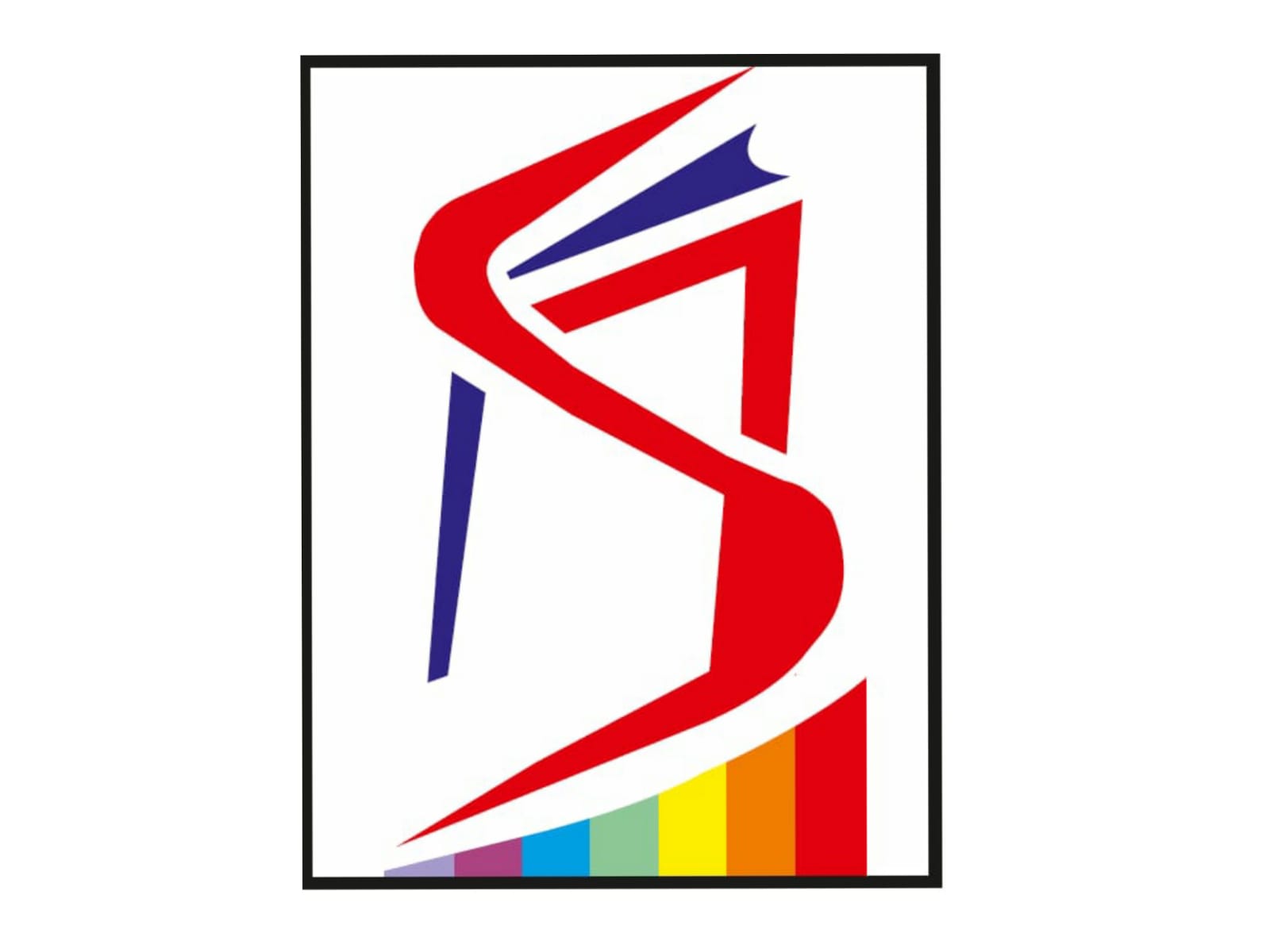On January 9, 2018, the Telecom Commission, India’s highest telecom decision-making body, cleared the recommendations put forth by the Telecom Regulatory Authority of India (TRAI) concerning easing of spectrum norms that relate to the maximum quantum of spectrum that can be held by a particular company. The step is crucial considering that almost all mobile companies in the country are going through the process of consolidation at the time. Raising the spectrum holding limit of mobile operators will ease the exit route for operators under stress. It would prove useful for mergers and acquisitions.Once the cabinet approves the proposals, the companies would be able to go through with the consolidation without having to surrender any spectrum.
Details
The details are as follows.
*The commission approved the TRAI’s proposal to do away with the 50 percent cap on intra-band spectrum holdings of telcos, and agreed to impose a separate 50 percent cap on the combined spectrum holdings in the 700 MHz, 800 MHz and 900 MHz bands put together (as per existing rules, no mobile service provider can hold more than 25 percent spectrum, vital for transmitting signals, in an area and more than 50 percent in a frequency band).
*Based on the recommendations of the inter-ministerial group (IMG), the commission approved extension of time period for the payment of spectrum bought in auctions by operators to 16 years from 10 years.
*It approved the IMG recommendation to lower the interest rate on penalties paid by telecom operators by about 2 percent.
*It approved raising Network for Spectrum project cost to Rs 24,664 crore from Rs 11,330 crore.
IMG
An Inter-Ministerial Group (IMG) was set up in May 2017 to suggest reforms in the telecom sector. It presented its report later to resolve the crisis in the telecom industry. The IMG recommended
*modification of reserve price of spectrum to make it more reasonable and in line with international best practices
*automatic annual renewal of spectrum for existing telecos (as it is in USA)
*reducing the high annual licence fee obligations
Telecom Crisis
With regard to the telecom sector crisis and need for reforms, the following may be noted:
*Government levies are exorbitant (old system of high taxation which was followed when spectrum was given for free continues); share of revenue going to the government through license/spectrum charges are up from 11 percent in the financial year 2007 to 32.4 percent in the financial year 2017. The telecom industry has deferred payment liabilities of about Rs 3.1 lakh crore to the government.
*As TRAI’s auctioning process involved releasing only a small band of spectrum, bids stayed exorbitantly high. Also, reserve prices fixed based on previous auctions were not sensitive to existing market conditions. This made it harder for the telcos as they had to pay huge sums for voice spectrums similar to 4G, although demand was not supportive.
*The telecom industry has an outstanding loan of over Rs 4.6 lakh crore to various financial institutions (as of early 2018).
* As over Rs.9 lakh crore has been spent on capital expenditure, the industry needs around Rs 140,000 crore to merely survive.
